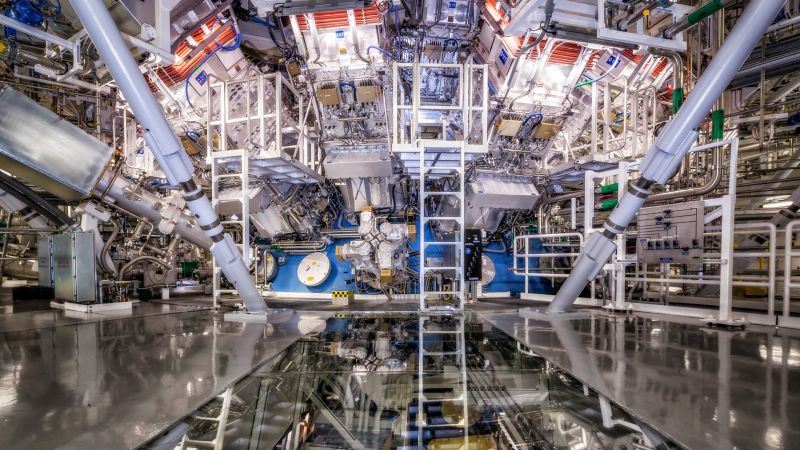Scientists in California shooting nearly 200 lasers at a cylinder holding a fuel capsule the size of a peppercorn have taken another step in the quest for fusion energy, which, if mastered, could provide the world with a near-limitless source of clean power.
Last year on a December morning, scientists at the National Ignition Facility at the Lawrence Livermore National Laboratory in California (LLNL) managed, in a world first, to produce a nuclear fusion reaction that released more energy than it used, in a process called “ignition.”
Now they say they have successfully replicated ignition at least three times this year, according to a December report from the LLNL. This marks another significant step in what could one day be an important solution to the global climate crisis, driven primarily by the burning of fossil fuels.



Promising results, hopefully it can be made practical at a large scale.
That’s the next step hopefully! Building such facilities will probably be a big hurdle as well.
deleted by creator
The reporting here is misleading - the energy in/out number is only for the fusion product and the actual energy output by the lasers. It does not take into account the 400MJ capacitor banks that are used to actually power the lasers.
Why would you count that as part of breakeven? If it’s producing more than it’s consuming, once ignition is achieved it can power itself. How costly it is to start the process only affects how long a theoretical reactor would need to run to cover its ignition cost.
Ah, I think you are confusing ICF vs MCF systems. ICF devices do not (and probably can not) sustain fusion; that 400MJ is what the lasers consume every time the system is fired. Hence why I called it misleading - it must consume 400MJ to produce any output. Hence why ICF devices are used to simulate nuclear weapons while MCF are not. Essentially the NIF device is a reusable and reconfigurable implosion bomb.
I see. Thank you for the explanation!